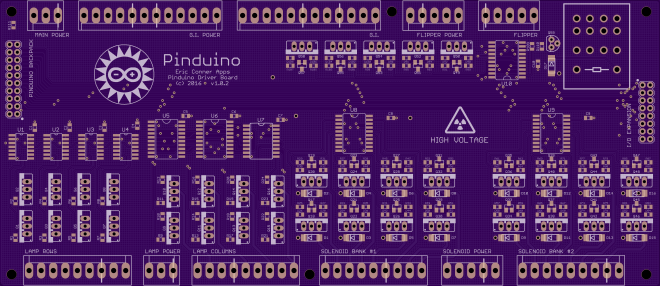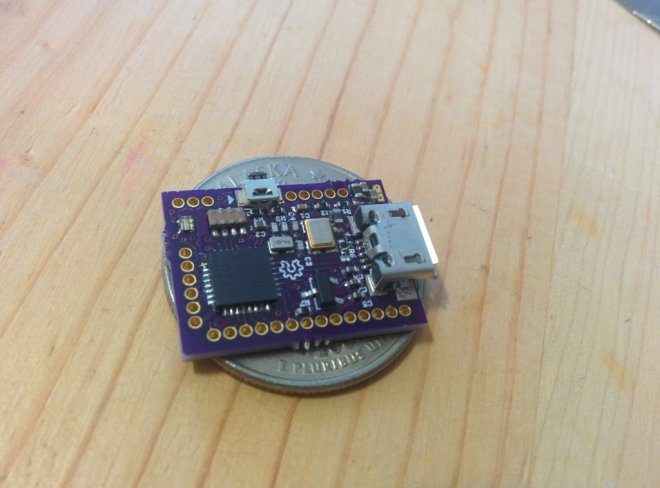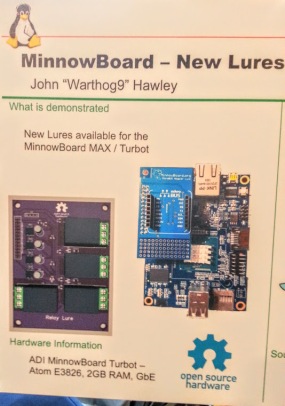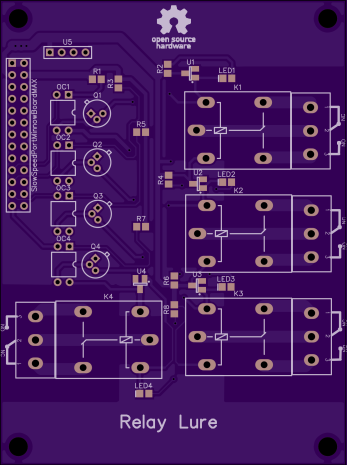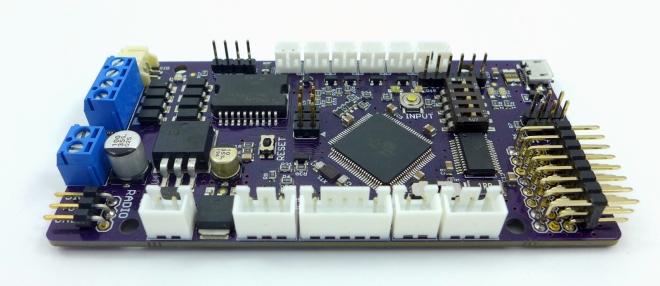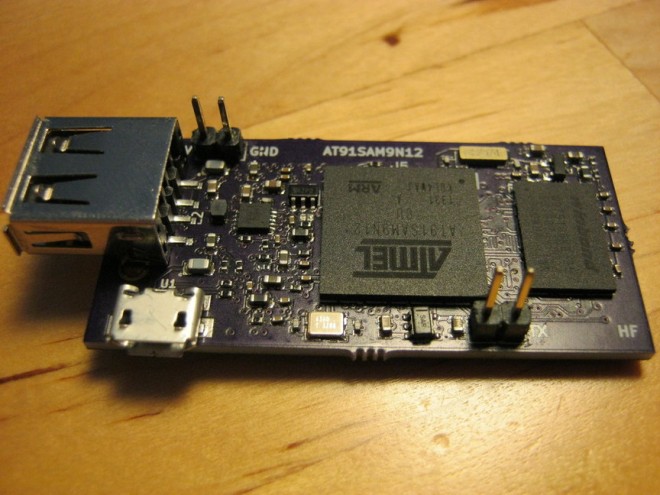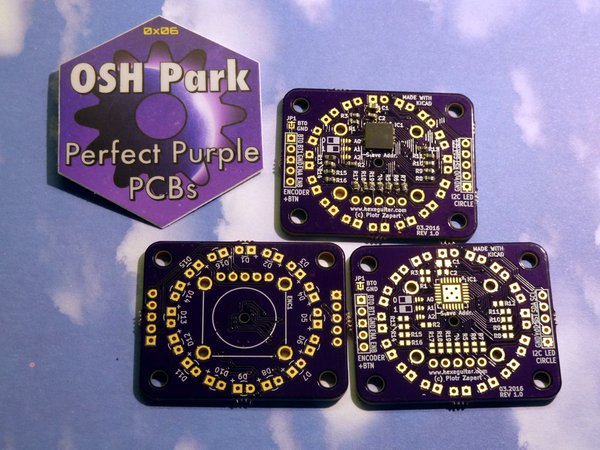John Keefe writes about his experience building an Open Source data logger:

I always considered circuit boards like this something you bought, not something you made. Not any more. I actually helped to make the board in the picture above. And it was awesome fun.
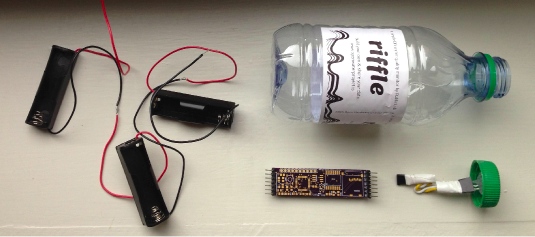
The board is designed to monitor the conductivity (and, possibly, contamination) of water in lakes and streams, with the wonderful feature that it fits through the mouth of a regular water bottle. It’s called Riffle and it is the brainchild of Don Blair, who’s working with Public Lab and the MIT Center for Civic Media.
The Public Lab wiki explains Riffle stands for Remote Independent Friendly Field-Logger Electronics:
We are working to develop an open source hardware datalogger that can be placed in the field for extended deployments and measure common water parameters like temperature, conductivity, depth, and turbidity.
The hardware design files hosted on GitHub:




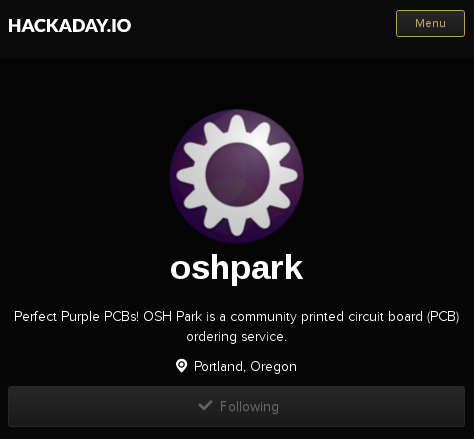
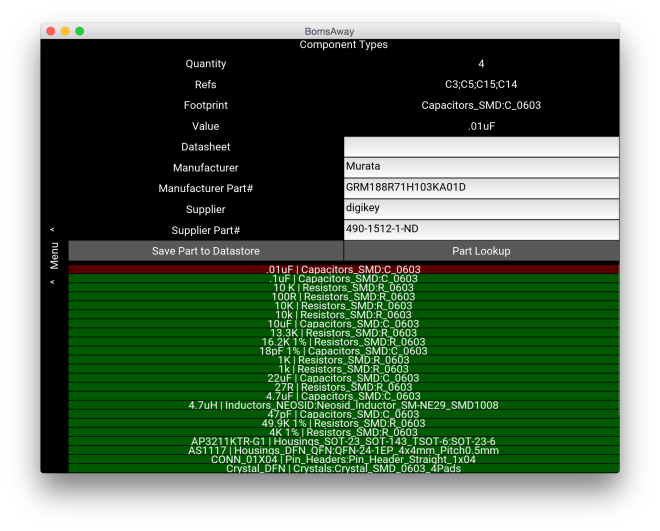
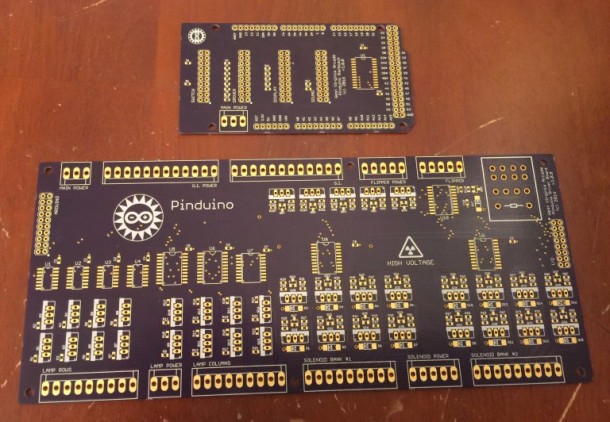
 EricConnerApps
EricConnerApps